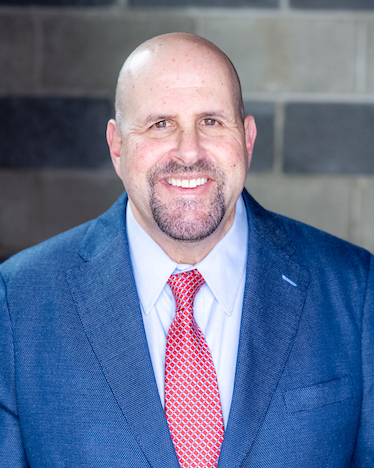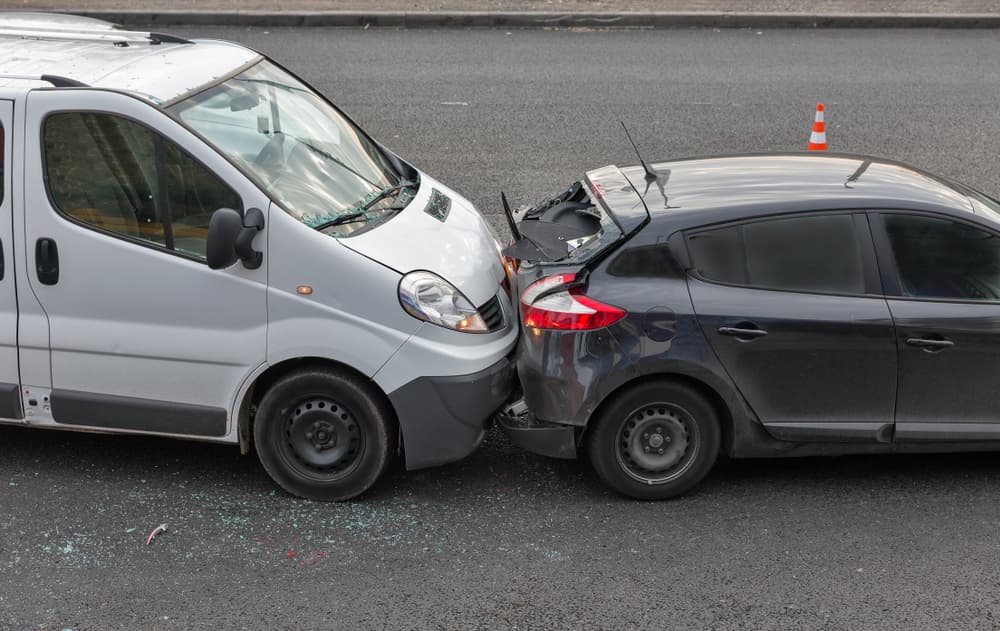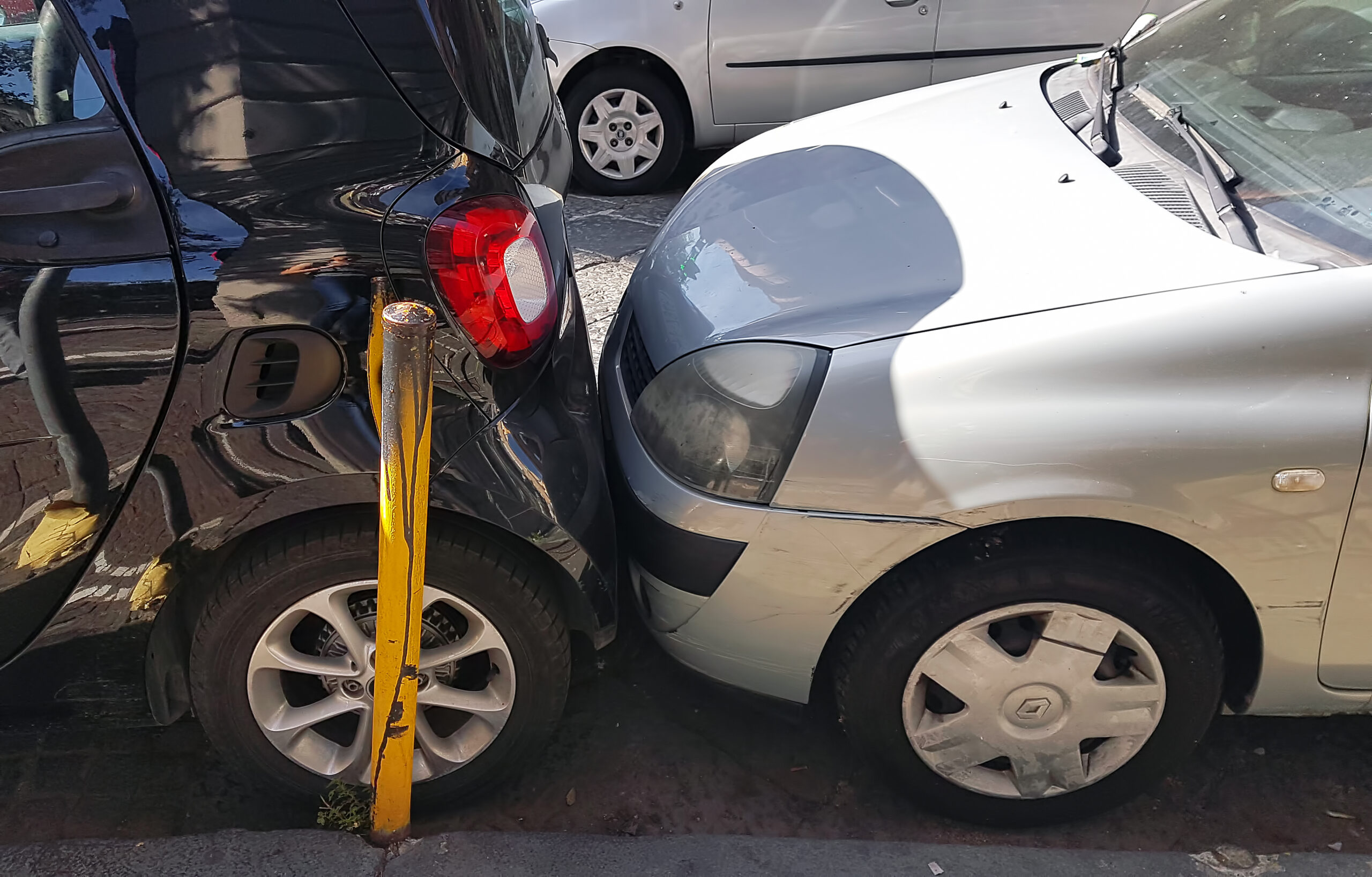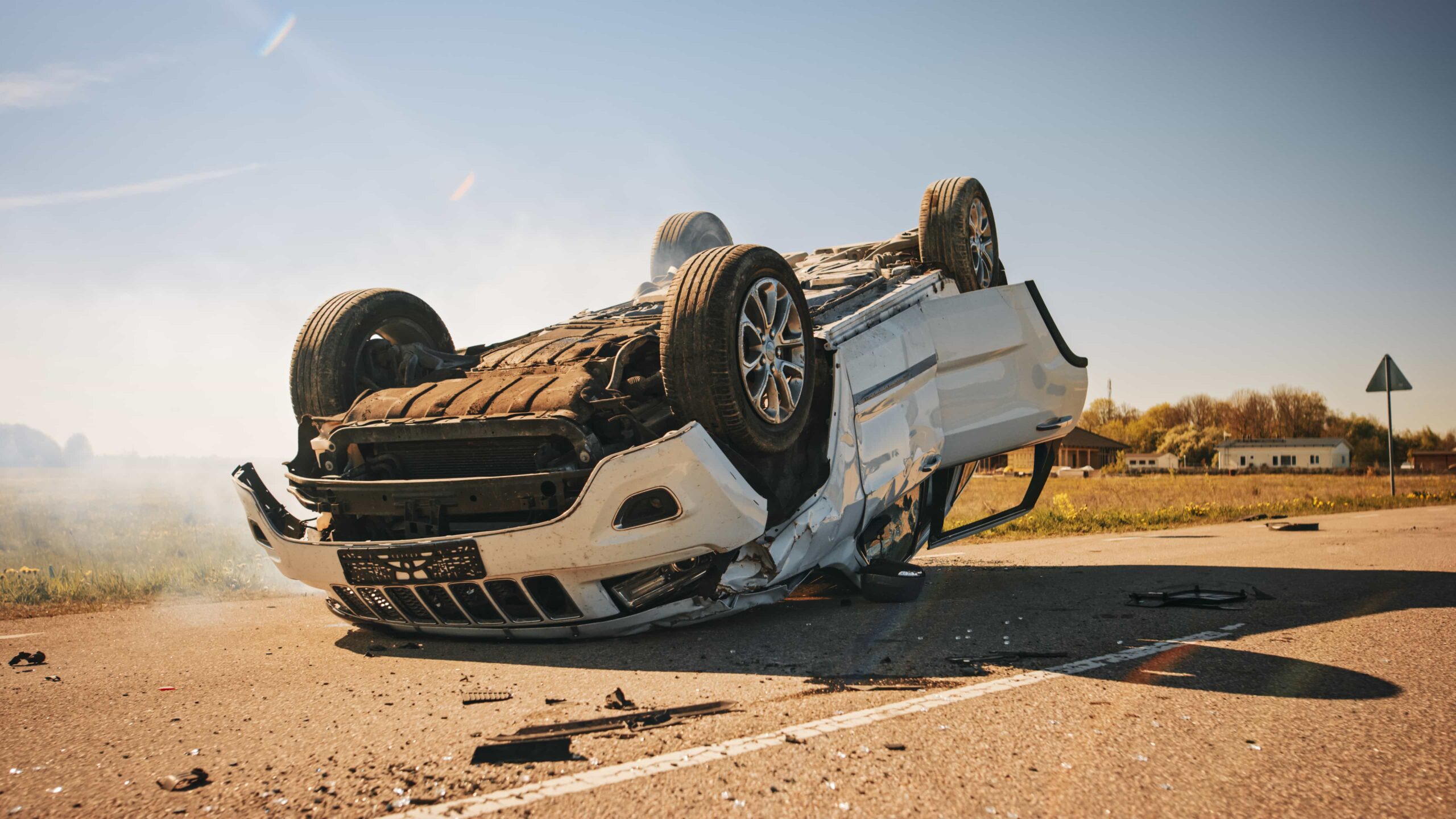Places with Elevated Risks of Broadside Crashes
Here are some general places where a broadside collision can occur in the Phoenix area.#1. Intersections With Traffic Lights
The most obvious cause of a T-bone or side-impact crash is when one driver runs a red light. In this situation, the other vehicle will strike the unsuspecting driver or will hit a car that they do not expect to be there. These crashes are dangerous because they can occur at over 30 miles per hour, and both drivers probably did not attempt to slow down.#2. Four-Way Stop Signs
Drivers may simply be driving too fast or distracted to see a stop sign. Crashes after running a stop sign can cause severe injuries because each driver is usually going above 25 miles per hour. In some cases, obstructions may make it difficult to see stop signs. However, in most cases, it is one of the two drivers who has been negligent.#3. When Crossing Busy Streets
Some busy roadways do not require drivers to stop at an intersection. It is all on the driver trying to cross or turn onto the busy road to judge the traffic. Some drivers do not see or misjudge the oncoming traffic when trying to make a turn. These broadside crashes are the most dangerous because they often occur at high speed and result in severe injuries.#4. On Any Roadway
In most cases, we talk of broadside crashes as happening at intersections. However, they can occur on any road when one driver loses control of their car. A driver can spin because they were speeding or failed to properly judge a curve. These accidents can happen on highways when motorists drive at high speeds.#5. In Parking Lots
Cars backing out of parking spots have particular trouble spotting oncoming traffic. While newer cars have backup cameras, parking lot accidents can still occur. When a driver backs out and does not see a car coming, the other vehicle may hit the driver’s door. Even low-speed crashes can cause injuries, depending on where the impact occurs.Risks of Broadside Car Crashes in Phoenix
Statistics show that Phoenix has among the most dangerous roads in the entire country. In general, Arizona ranks in the upper third in the U.S. in motor vehicle fatality rates, and the problem is even worse in the Phoenix area. Here are some places in Phoenix that have been the actual site of broadside car collisions in the past several years:- A father and his two children suffered injuries when making a left turn from Broadway Road onto 35th Avenue, and a utility truck crashed into them. Rescuers had to mechanically extract the passengers from the totaled car.
- Eight people suffered injuries in a T-bone crash on 43rd Street, near I-10. One person suffered life-threatening injuries.
- Four people suffered injuries in a broadside collision at Seventh and Missouri Avenues. One person suffered life-threatening injuries in the collision.
- A woman and her baby suffered severe injuries in a T-bone crash at 19th Avenue and Greenway Road.
Major Arterial Roads Increase Risks of Broadside Crashes
Besides these actual crashes, Phoenix has many other areas with a high risk of a side-impact crash. Phoenix has a reputation for having dangerous intersections because it has busy and wide streets. The main arterial streets in the Valley area can carry up to 80,000 cars per day. Assuming a car stays on these roads, they may move more freely and safely. However, drivers may need to make left turns off these roads. Other drivers turning from a side street without a traffic light onto the busy roadway must make left turns across traffic. These actions pose risks for both the turning driver and the oncoming motorist.Crowded and Dangerous Intersections in Phoenix
Busy Phoenix intersections can see more than a crash every week because of the high volume of traffic that passes through them. The broad arterial roads have the highest number of crashes. Phoenix has several of them, including:- McDowell Road
- Indian School Road
- Camelback Road
- 27th Avenue and Camelback Road: 195.
- 67th Avenue and Indian School Road: 191.
- 75th Avenue and Indian School Road: 186.
- 67th Avenue and McDowell Road: 178.
- 51st Avenue and McDowell Road: 169.
Contributing Factors to Phoenix Broadside Car Crashes
Part of the problem in the area is that traffic lights can be very long. In addition, the visibility at many intersections can be poor. When drivers are allowed to make a left turn through oncoming traffic, it raises the risks of a broadside crash. The biggest factor in Phoenix intersection crashes was that one driver was going too fast. Other drivers may take risks because they want to make it through an intersection before the light changes, knowing that they may need to wait several minutes for their next opportunity to turn. No matter what Phoenix does to improve traffic safety, these risks will always remain. In Phoenix, almost one in four traffic crashes happen at an intersection. The area will average around 100,000 car accidents each year. Over three years, there were an average of roughly 22,000 car crashes each year that were intersection-related.Common Causes of Broadside Crashes
Here are the common causes of broadside crashes:- A driver misjudges the amount of time that they have to make it through the intersection
- The oncoming driver is speeding, striking the other driver before they are can complete their turn
- A driver is distracted and on their phone and fails to see a red light or stop sign
- A malfunctioning traffic light or obstructed stop sign makes it difficult for drivers to cross through an intersection
- Aggressive driving makes motorists take chances at an intersection
Both Drivers May Try to Blame the Other
However, some accidents occur in residential areas or those with fewer people around. The legal rule is that the car that was not where it was supposed to be (meaning it did not yield the right-of-way as it legally should have) is the one to blame for the crash. Both drivers can say that the other was the one who ran the stop sign or failed to yield. Without witnesses who saw the crash, your case can become far more difficult. An attorney will need to gather evidence that backs up your side of the story for you to receive financial compensation. One way to help prove fault without witnesses is to work with an accident reconstruction expert, who will give their opinion on which driver had the right of way.Damages in a Broadside Car Crash Claim
Even getting a settlement offer from the other driver’s insurance company is just part of the work in your case. The initial offer is almost always far too low to compensate you for your injuries. In a car accident case where another driver is at fault, the law may entitle you to damages:- Lost wages for the time that you missed from work due to your injuries, whether you were unable to work or had to go to medical appointments
- The complete cost of all your medical-related expenses, including surgeries, hospital stays, prescriptions, and medical equipment
- The post-accident experience, including pain and suffering, emotional distress, and loss of enjoyment of life
- If your loved one died in the crash, your family can sue for its damages in a wrongful death case.
What to Do After a Broadside Car Accident
If you or a loved one have suffered injuries in a broadside car crash, there are two things that you must do. The first is to get the necessary medical help. Even if you did not suffer severe injuries at the accident scene, it does not mean that everything will be fine in the future. Some car accident injuries take weeks, or even months, to show symptoms. Treatment time is valuable, and a doctor can diagnose injuries that you are not yet feeling. Before you can file a compensation claim, you need a documented injury. Your doctor will provide you with the medical records necessary to prove your damages. The rest of your damages will depend on your prognosis after your injury.How an Experienced Lawyer Can Help Your Case
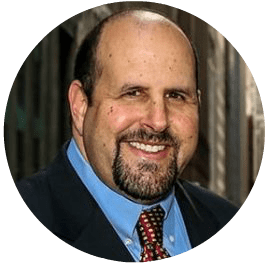
Abels & Annes 100 N LaSalle St #1710 Chicago, IL 60602 (312) 924-7575
